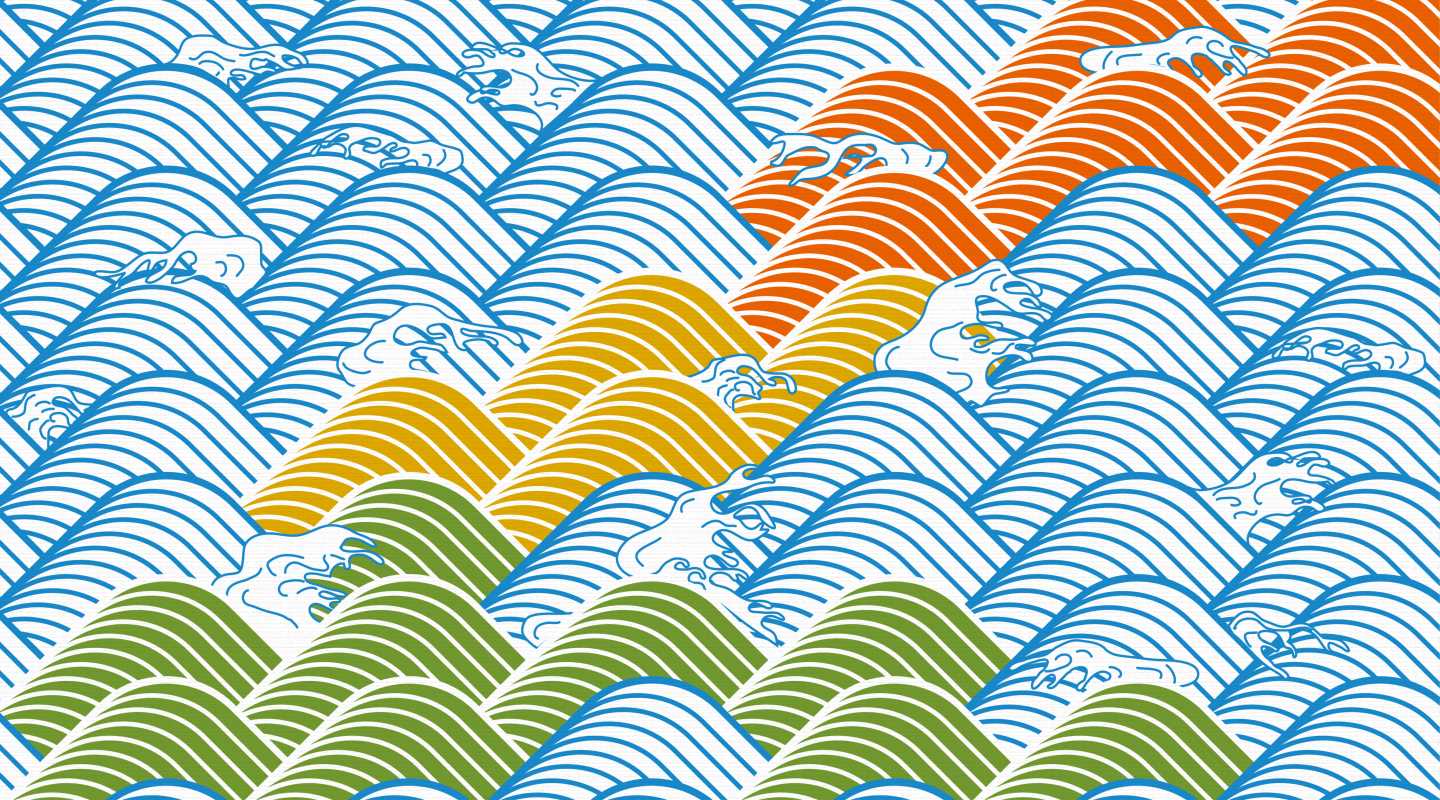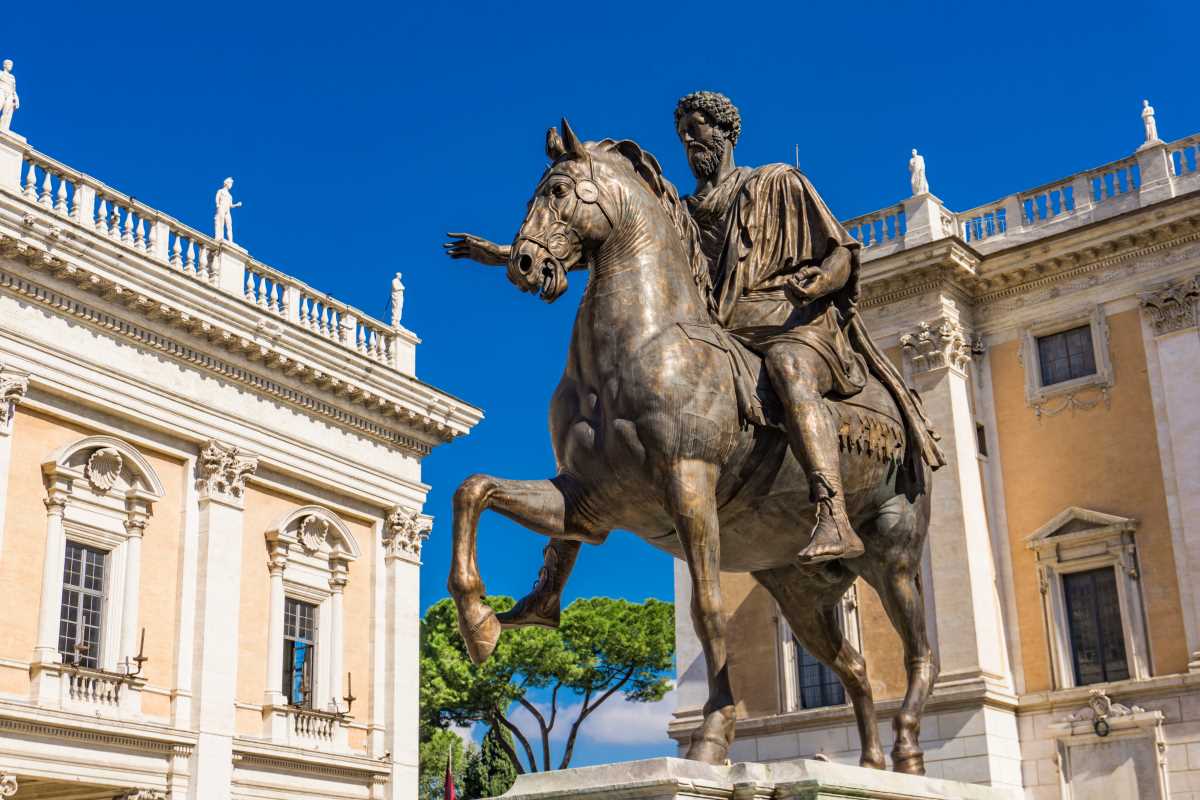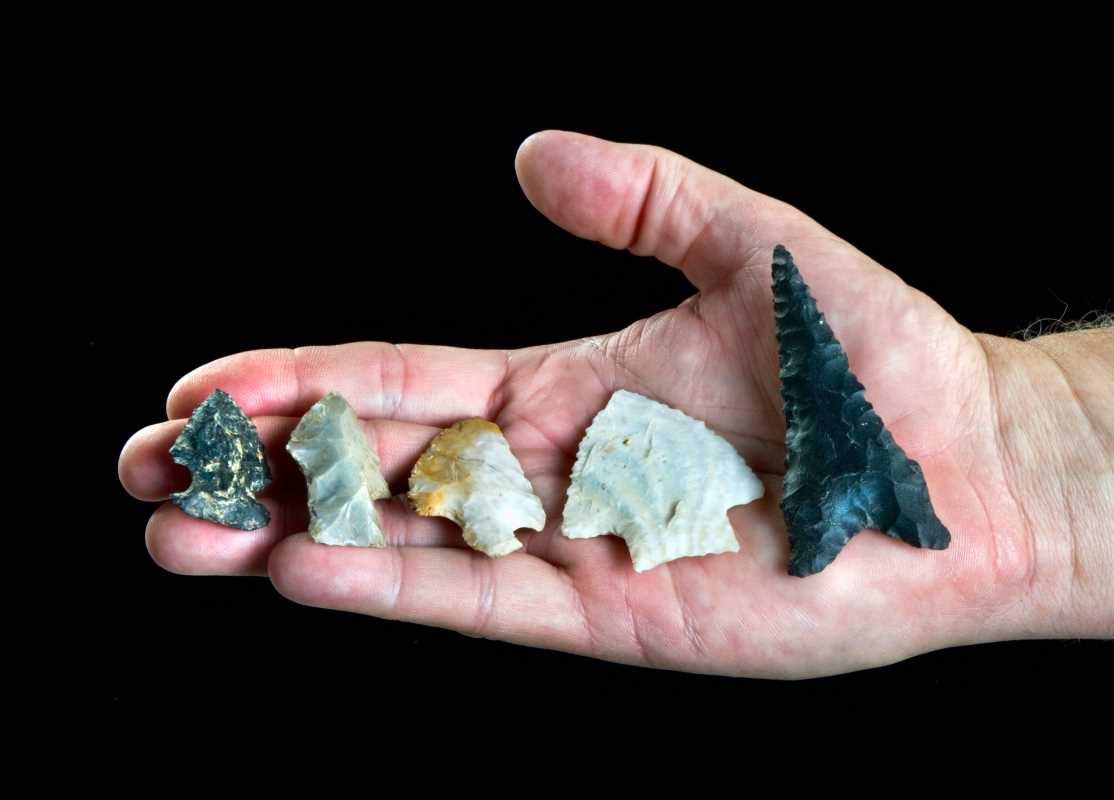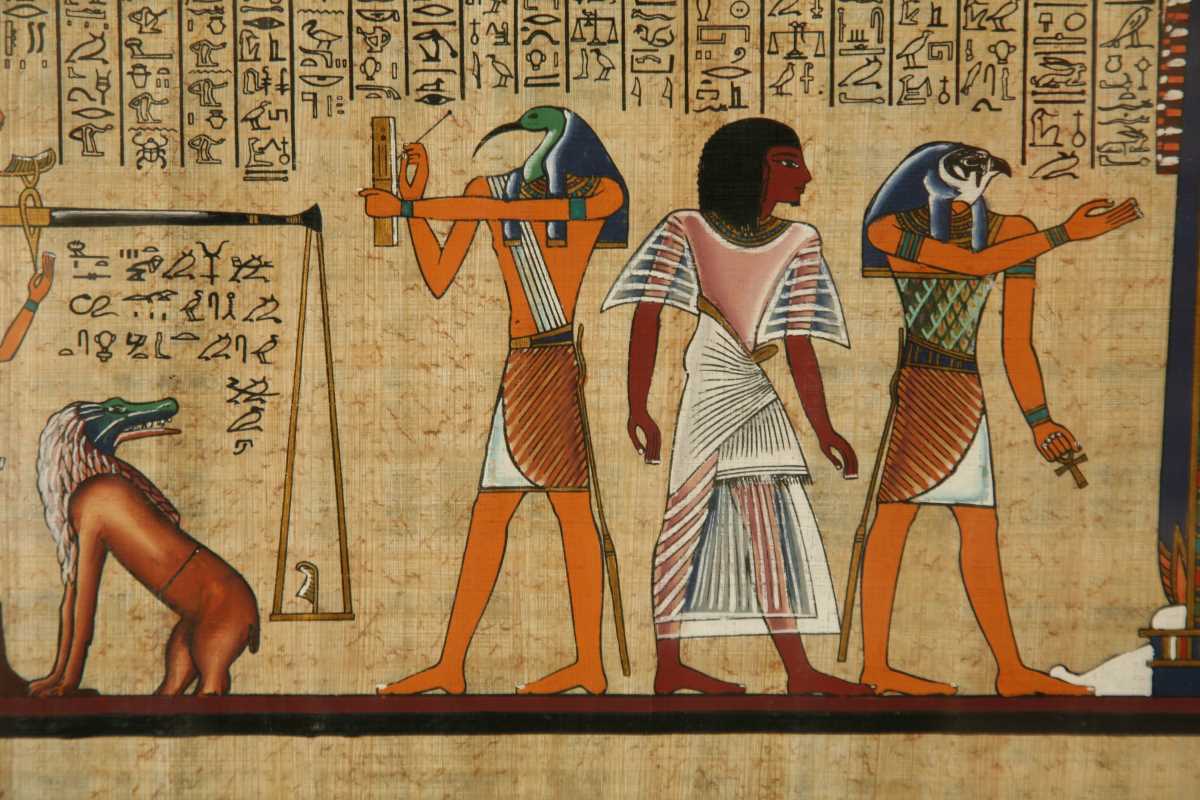Art has a unique way of crossing borders, blending different cultures, and evolving over time. One of the most fascinating examples of this is the profound influence of Japanese ukiyo-e art on Western Impressionism in the late 19th century. Ukiyo-e, which translates to “pictures of the floating world,” was a popular style of Japanese printmaking that focused on everyday scenes, landscapes, and notable figures. These woodblock prints captivated Western artists and collectors when they arrived in Europe, sparking a wave of creativity and inspiring some of the most iconic works of Impressionist art.
But how exactly did ukiyo-e make its way across the world, and why did it have such an impact on artists like Claude Monet, Edgar Degas, and Vincent van Gogh? This article dives into the unique characteristics of ukiyo-e, its arrival in the West, and its unmistakable influence on the development of Impressionist art.
What Is Ukiyo-e?
Before we can understand how ukiyo-e influenced Western art, it’s important to explore what makes this style so distinctive. Ukiyo-e emerged during Japan’s Edo period (1603–1868), a time of relative peace and cultural growth. Artists created woodblock prints that often depicted scenes of urban life, famous landscapes, kabuki theater actors, and beautiful courtesans.
Key Features of Ukiyo-e
Ukiyo-e prints were known for their flat, bold colors, strong lines, and simplified forms. Unlike Western art at the time, which often used realistic shading and perspective to create depth, ukiyo-e embraced two-dimensional designs and intricate patterns.
One of the key elements of these artworks was their focus on capturing fleeting moments, such as cherry blossoms in bloom or fishermen at work. They weren’t simply realistic representations of the world but rather stylized, idealized views of everyday life and nature.
Famous Ukiyo-e Artists
Some of the most well-known ukiyo-e artists include Hokusai and Hiroshige, whose works made a huge impression on Western audiences. Hokusai’s The Great Wave off Kanagawa is one of the most recognizable pieces of Japanese art, while Hiroshige’s landscape series The Fifty-Three Stations of the Tōkaidō captured Japan’s natural beauty in a way that was both simple and breathtaking.
How Ukiyo-e Arrived in Europe
During the Edo period, Japan had a policy of isolation, limiting trade with other countries. However, when this policy ended in the mid-19th century, a wave of Japanese goods, including ukiyo-e prints, began to flow into Europe. This period, known as the Meiji Restoration, coincided with a growing fascination in the West with Japanese culture, often referred to as “Japonisme.”
The Expositions and Exhibitions
World’s fairs and international exhibitions played a big role in introducing Japanese art to European audiences. For example, the 1867 Exposition Universelle in Paris showcased Japanese prints, ceramics, and textiles. These exhibitions stunned Western artists, who were intrigued by the stark differences between Japanese and European approaches to art.
Influence on Collectors and Artists
Western artists like Claude Monet and Vincent van Gogh became avid collectors of ukiyo-e prints. Monet even decorated his home in Giverny with these pieces, and their influence can be seen in his use of bold colors and flattened perspectives. Van Gogh famously admired Hiroshige and Hokusai, even creating oil paintings that imitated their designs and color palettes.
The Impact of Ukiyo-e on Western Impressionism
The Impressionist movement, which began in the late 19th century, rejected the traditional, highly detailed, and realistic style of academic painting. Instead, Impressionist artists sought to capture the effects of light, color, and atmosphere in their works. Ukiyo-e prints were a natural source of inspiration for this new way of looking at the world.
Focus on Everyday Life
One of the central themes of Impressionism was its focus on ordinary people and mundane scenes, echoing the subject matter of ukiyo-e. Just as Japanese prints depicted tea houses, courtyards, and marketplaces, Impressionist paintings featured cafés, gardens, and urban streets.
Take Degas’ depictions of ballerinas, for instance. While his subject matter is uniquely French, his compositions bear a striking resemblance to ukiyo-e’s off-center framing and attention to quiet, private moments.
Flattened Perspectives
Impressionists also adopted the flattened perspective that was characteristic of ukiyo-e. Unlike classical Western art, which used techniques like vanishing points to create depth, ukiyo-e focused on flat planes and overlapping colors. This influence is evident in works like Monet’s water lily series, where depth is suggested not by linear perspective but by layers of color and reflection.
Bold Use of Color
Ukiyo-e prints often featured bold, contrasting colors, which had a direct impact on painters like van Gogh. His swirling, vibrant works, such as Starry Night, show how he borrowed the exaggerated blues and yellows often seen in Japanese prints.
Another example is Paul Gauguin, whose use of simplified color blocks in exotic landscapes reflects a clear appreciation of ukiyo-e style.
Innovative Composition
Ukiyo-e frequently used unexpected angles, cropping, and asymmetry to create dynamic compositions. These techniques were highly unusual for traditional Western art, which favored balanced and symmetrical compositions.
Impressionist artists adopted these ideas to break away from rigid artistic conventions. You can see this influence in Renoir’s intimate portraits or Caillebotte’s unusual perspective in pieces like Paris Street; Rainy Day. These works draw the viewer’s attention to unexpected areas of the canvas, much like ukiyo-e does.
 (Image via
(Image via




